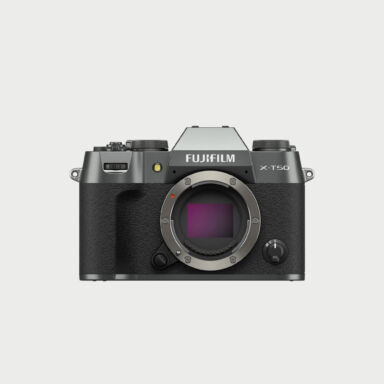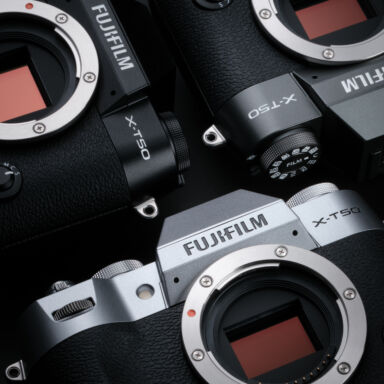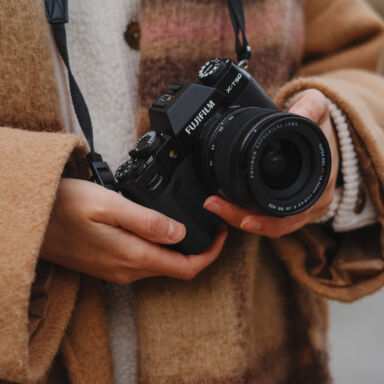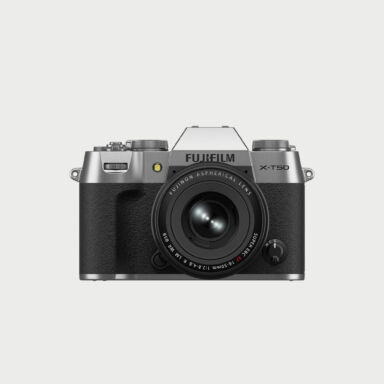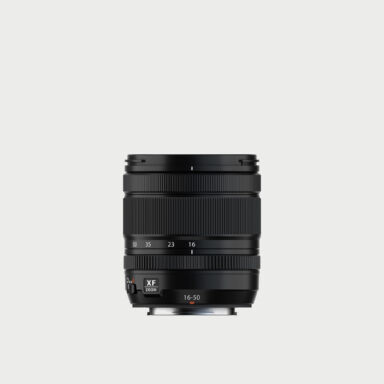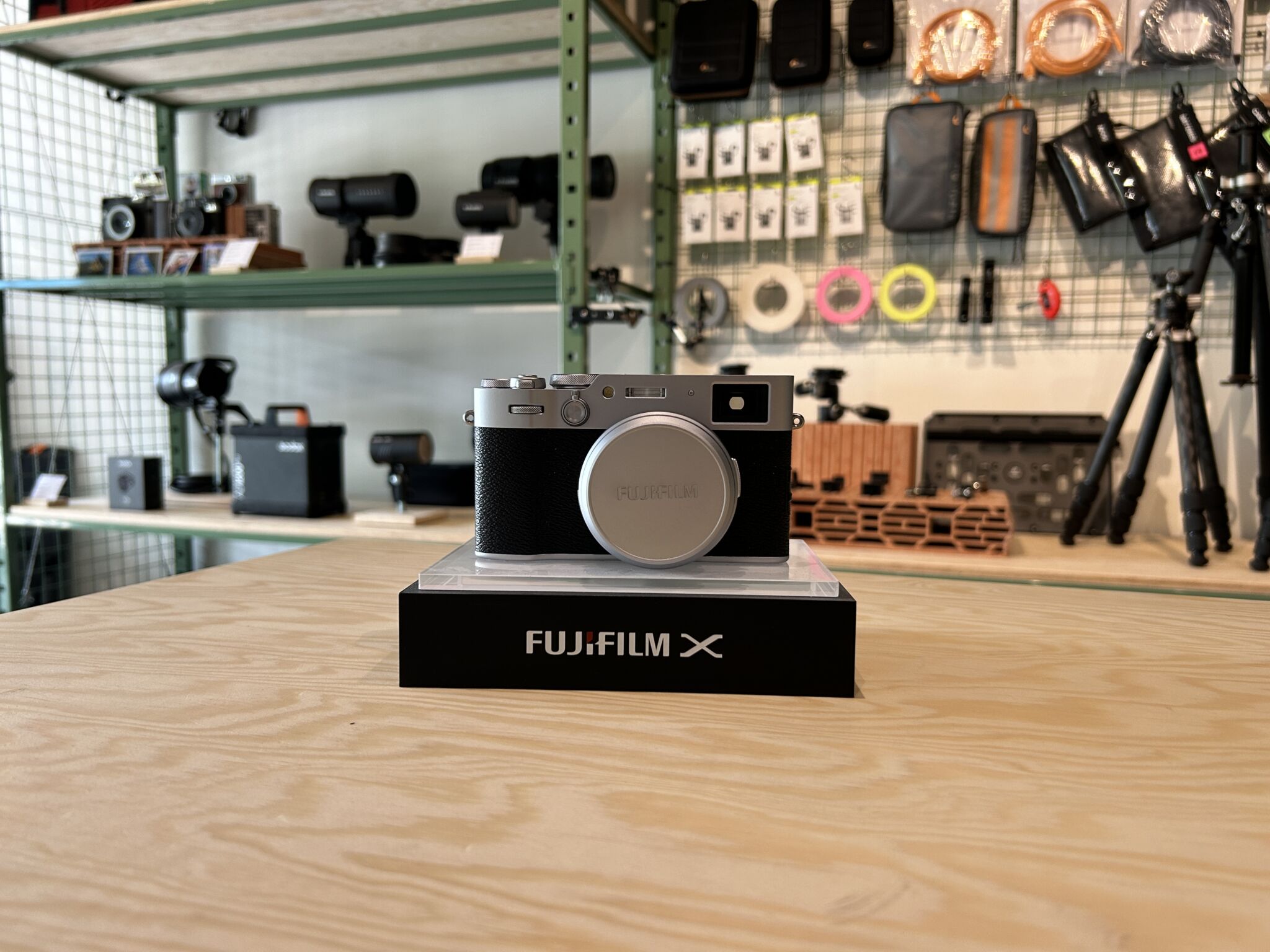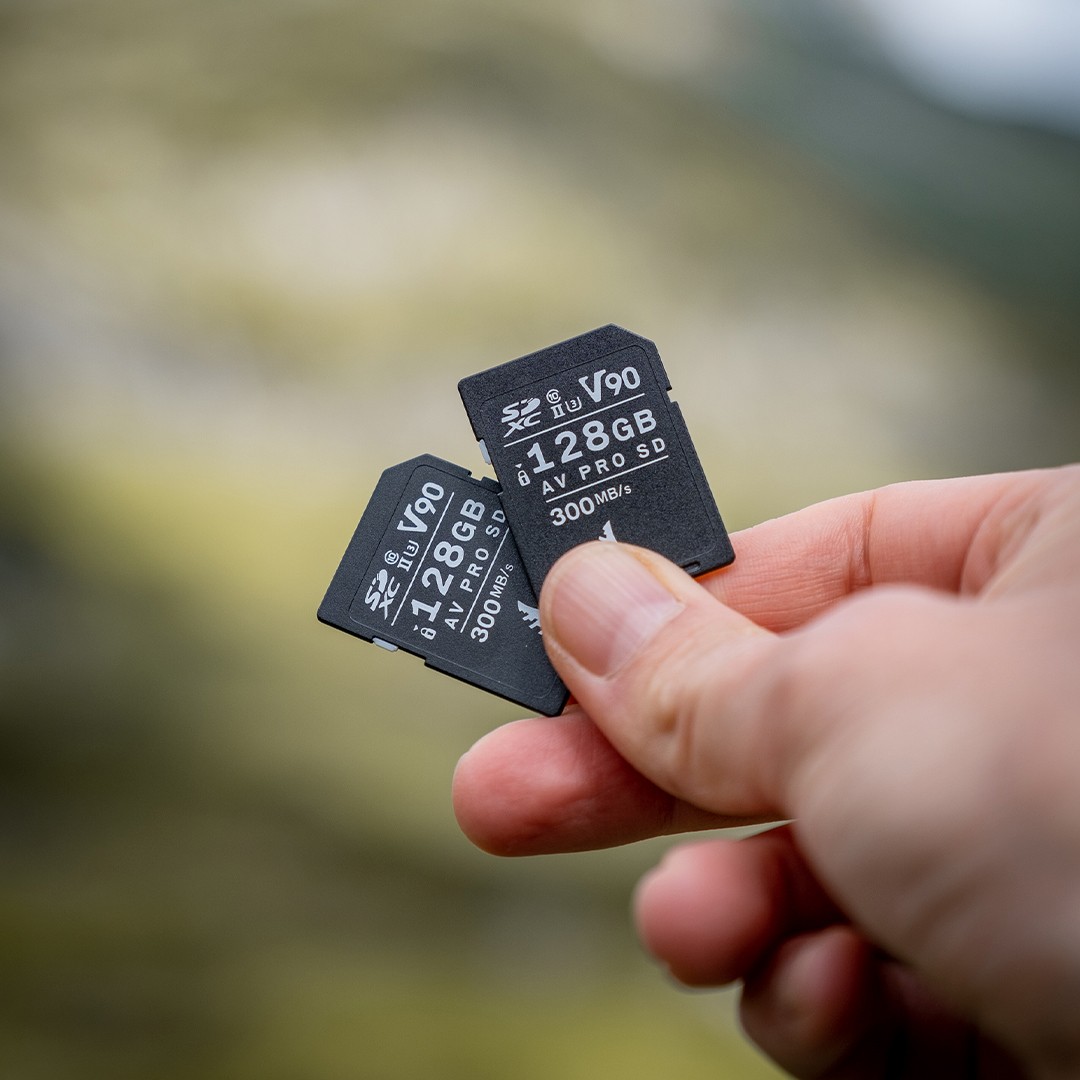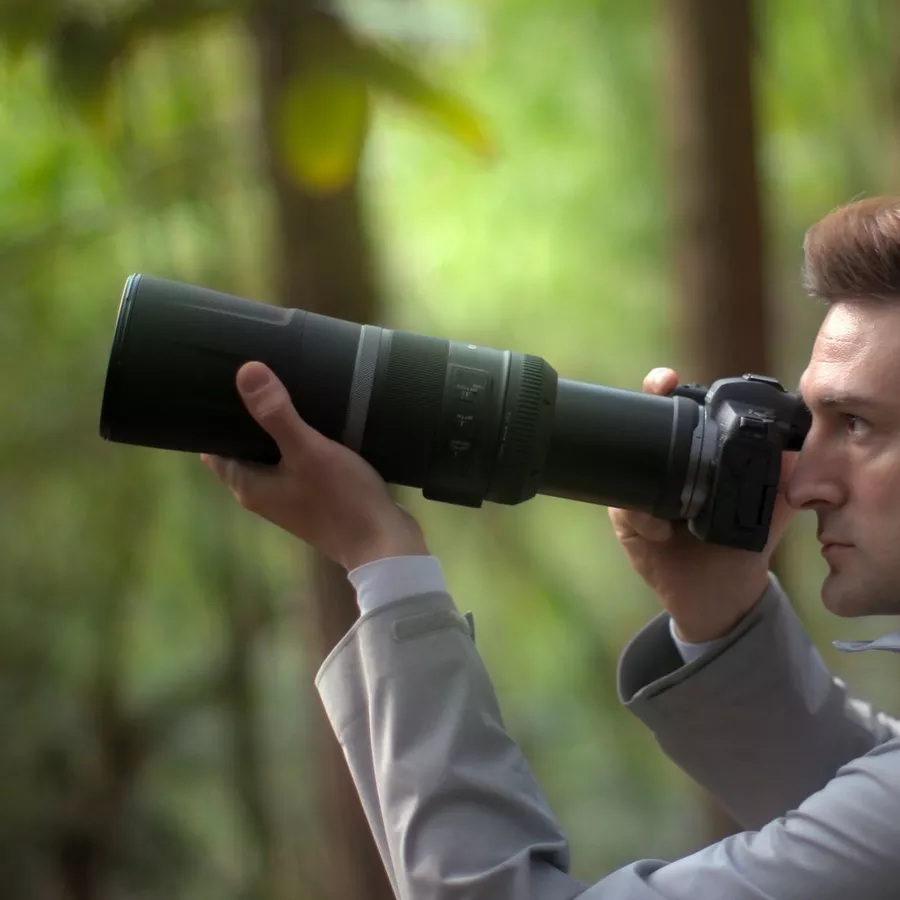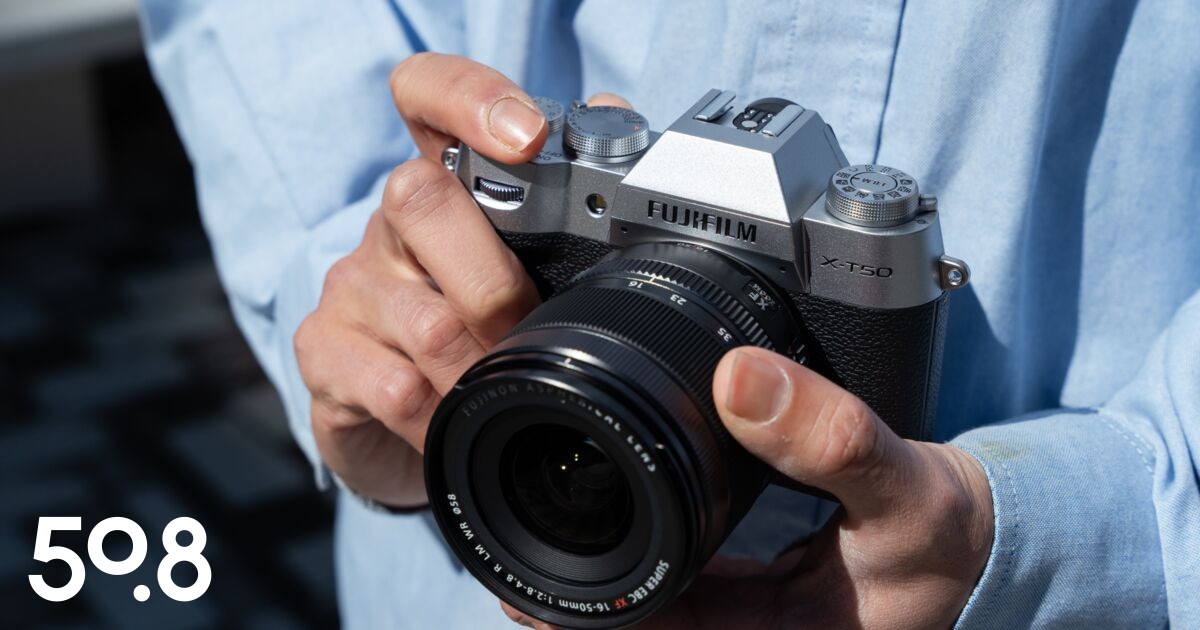Since its launch on February 20, 2024, the Fujifilm X100VI has become one of the most sought-after digital cameras on the market. We answer all your questions about stocks, pre-orders, waiting lists and delivery times.
Fujifilm announced the new X-T50, its new mid-range APS-C hybrid body, at the X-Summit 2024 in Sydney. This camera has almost all the features of the X-T5. Notably the 40MP sensor and X-Processor 5 in a more compact, lightweight format.
Find out in this article what’s new in the X-T50 and what the differences are with the other cameras in the Fujifilm X range, the X-T5 and the X-T30II, respectively its big brother and its predecessor.
Table of contents
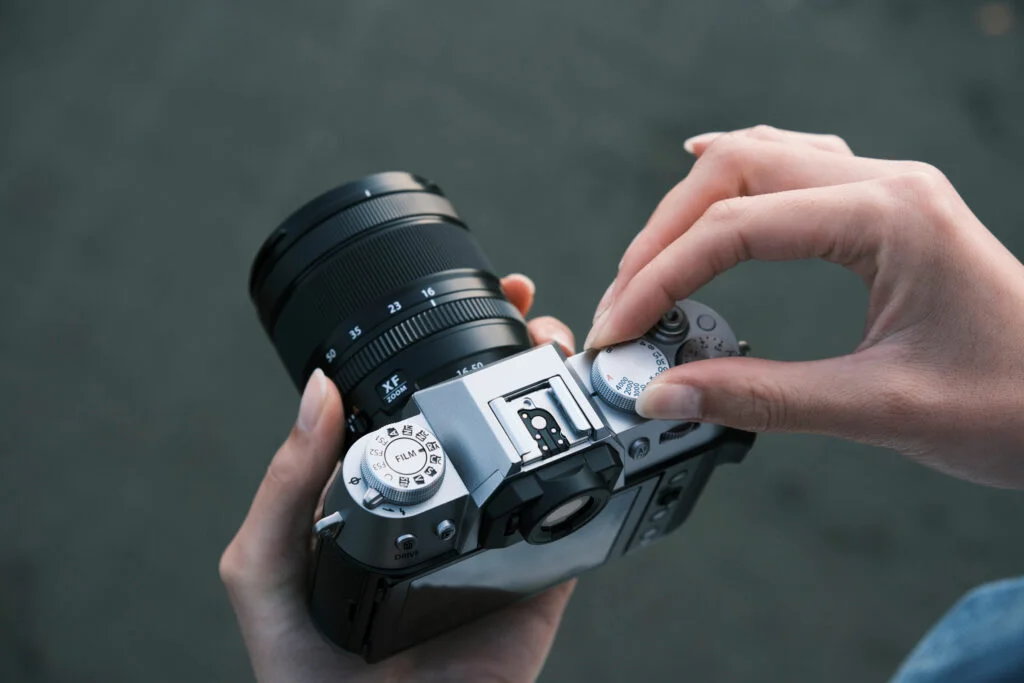
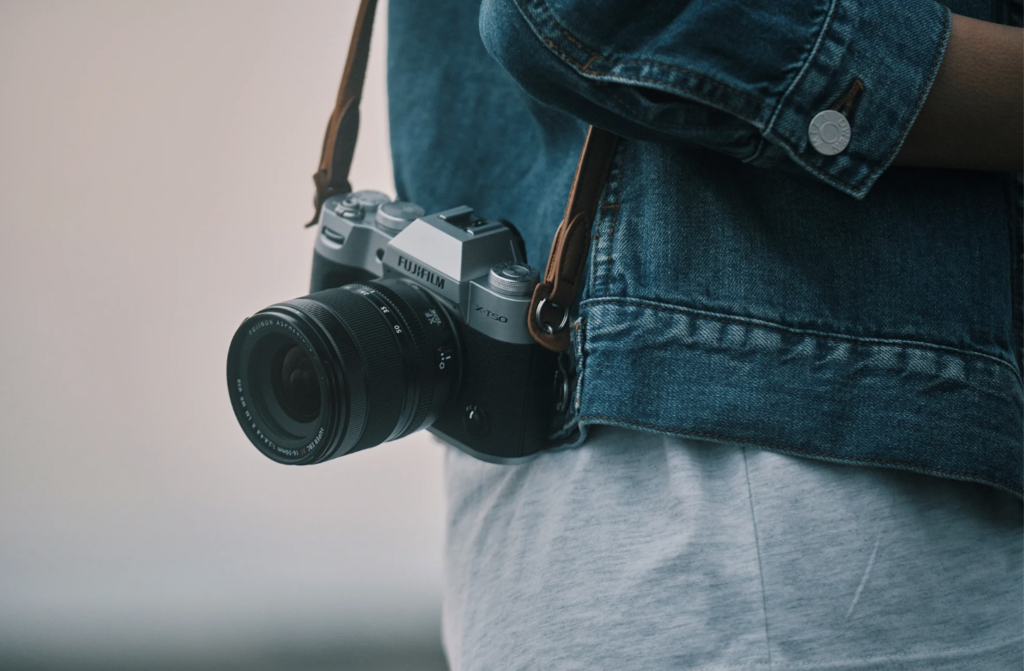
Trans™ CMOS 5 HR sensor, 40.2 MP and X-Processor 5
Fujifilm has adapted its X-Trans CMOS 5 HR sensor, present in the X-H2 (and also in the X-T5 and X100VI), to this new body. This sensor has a definition of 40.2MP, creating images of 7728 x 5152 pixels.
This sensor succeeds the 26.1MP sensor of the X-T30 II, its predecessor. The X-T50 is also equipped with the X Processor 5, which offers more power for image processing and reduced energy consumption compared to the previous processor, the X Processor 4.
5-axis sensor stabilization
The X-T50 is equipped with in-body image stabilization (IBIS), offering 5-axis stabilization up to 7.0 stops. This is a first for X-Txx series cameras. The X-T50 offers the same stabilization gain as the X-T5, but its system has been even more miniaturized, enabling the camera to be as compact as the X-T30 II.
Video performance
When it comes to video, the X-T50 offers exactly the same features as the X-T5. However, video performance is slightly lower than that of an X-H2/X-H2S. Its maximum video quality is 6.2k30p.
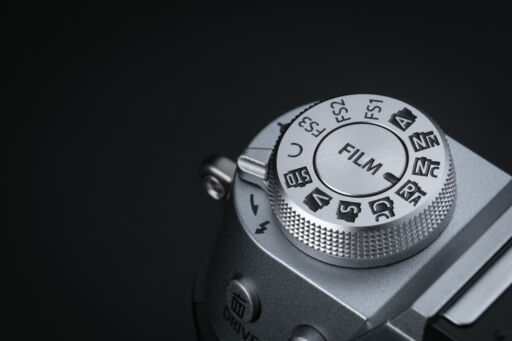
20 film simulation modes
The X-T50 camera naturally features Fujifilm's own film simulations, with 20 films compared to 18 in the X-T30 II. The latest addition is REALA ACE. As an added bonus, the X-T50 is equipped with a brand-new thumbwheel on the top plate, making it quick and easy to select the film simulation of your choice.
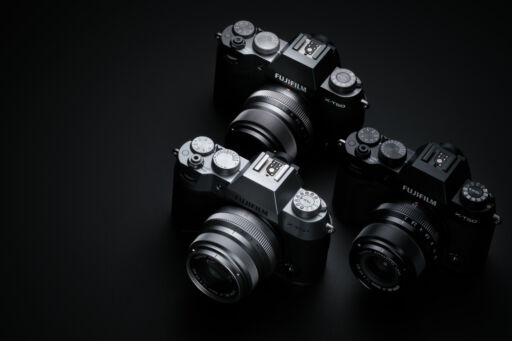
Viewfinder and display
The X-T50 uses the same electronic viewfinder as the X-T30 II: a 0.39-inch EVF OLED with 2.36 million dots. This compares with a 0.5-inch EVF OLED with 3.69 million dots on the X-T5. As for the screen, it's a touch-sensitive LCD with 2-axis swivel.
Autofocus and continuous shooting
The X-T50 hybrid camera incorporates the latest advances in autofocus tracking, as well as subject recognition and prediction algorithms powered by machine learning.
In addition to detecting and tracking human faces and eyes, the X-T50 can also recognize and track animals, birds, as well as vehicles such as cars, motorcycles, bicycles, planes and trains.
While image quality is identical to that of its brother, the X-T5, the same cannot be said for shooting speed. The X-T50 can achieve a respectable 8 frames per second with the mechanical shutter and up to 20 with the electronic shutter. This compares with 15 fps with the mechanical shutter on the X-T5.
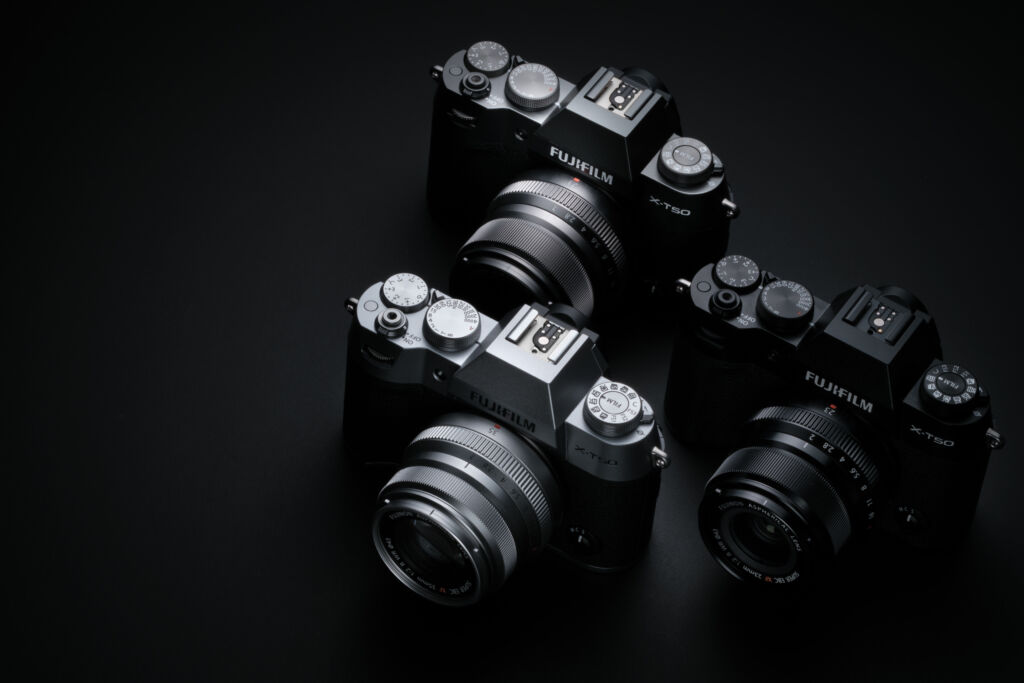
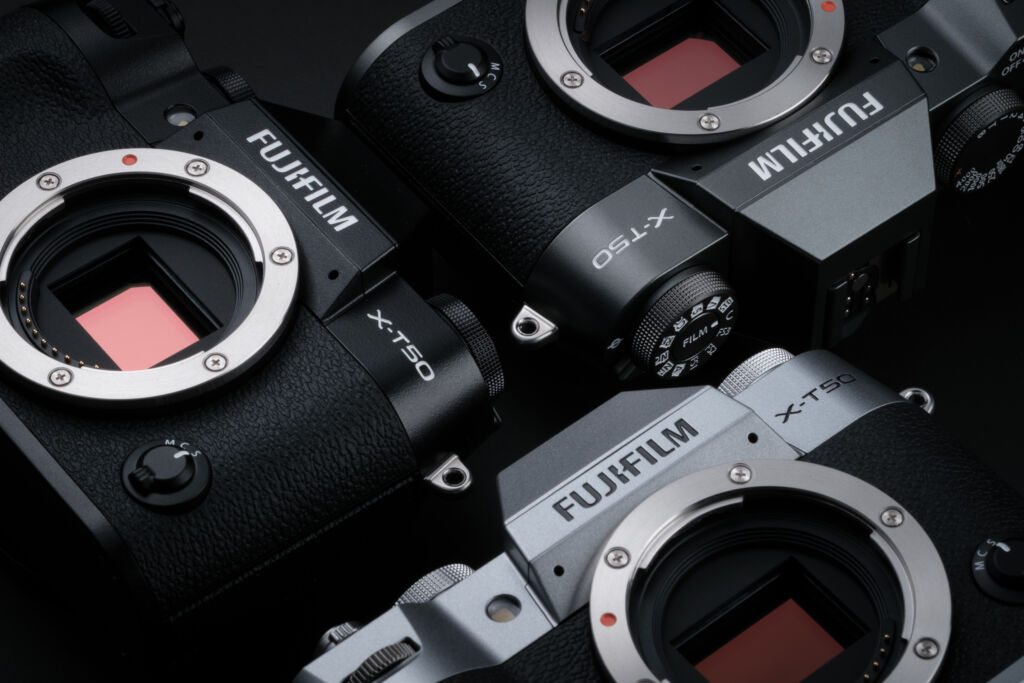
Classic design with a new rounded shape
The X-T50 inherits the classic design of X-T series compact cameras, reminiscent of a classic film camera. However, it features a new, rounded shape.
The body weighs 438g, and although it’s a little wider than its predecessor, the X-T30 II, it retains its compact dimensions and is easy to hold. The thumb grip extends fluidly outwards compared to previous models, offering an impressive overall feel and grip on the body.
X-T50 availability
The X-T50 is available in three colors: Black and Silver, as usual for X-series cameras, as well as the new Charcoal. The XT50 is available now from 50.8 Shop.
Alongside the X-T50, Fujifilm has also released a new XF 16-50mm F/2.8-4.8 R LM WR lens. The X-T50 + XF 16-50mm kit is available for 1899€.
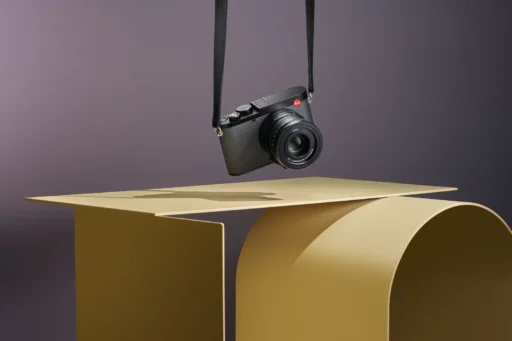


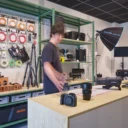
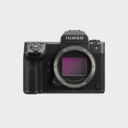 Photo
Photo 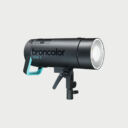 Lighting
Lighting  Tripods & Grip
Tripods & Grip 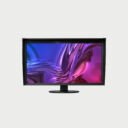 Digital
Digital  Bags & Cases
Bags & Cases 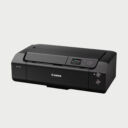 Printing
Printing 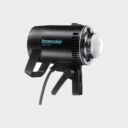 Continous lights
Continous lights 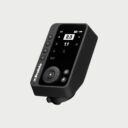 Transmitters
Transmitters 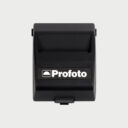 Accessories & Parts
Accessories & Parts 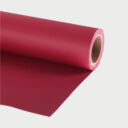 Accessories tripods & grips
Accessories tripods & grips 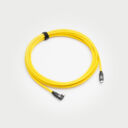 Cables & Tether
Cables & Tether 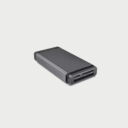 Hub & Adaptaters
Hub & Adaptaters 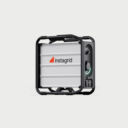 Portable power stations
Portable power stations  Sling bags
Sling bags  Rolling bags
Rolling bags 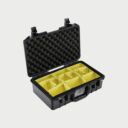 Hard cases
Hard cases  Organizers & Pouches
Organizers & Pouches 